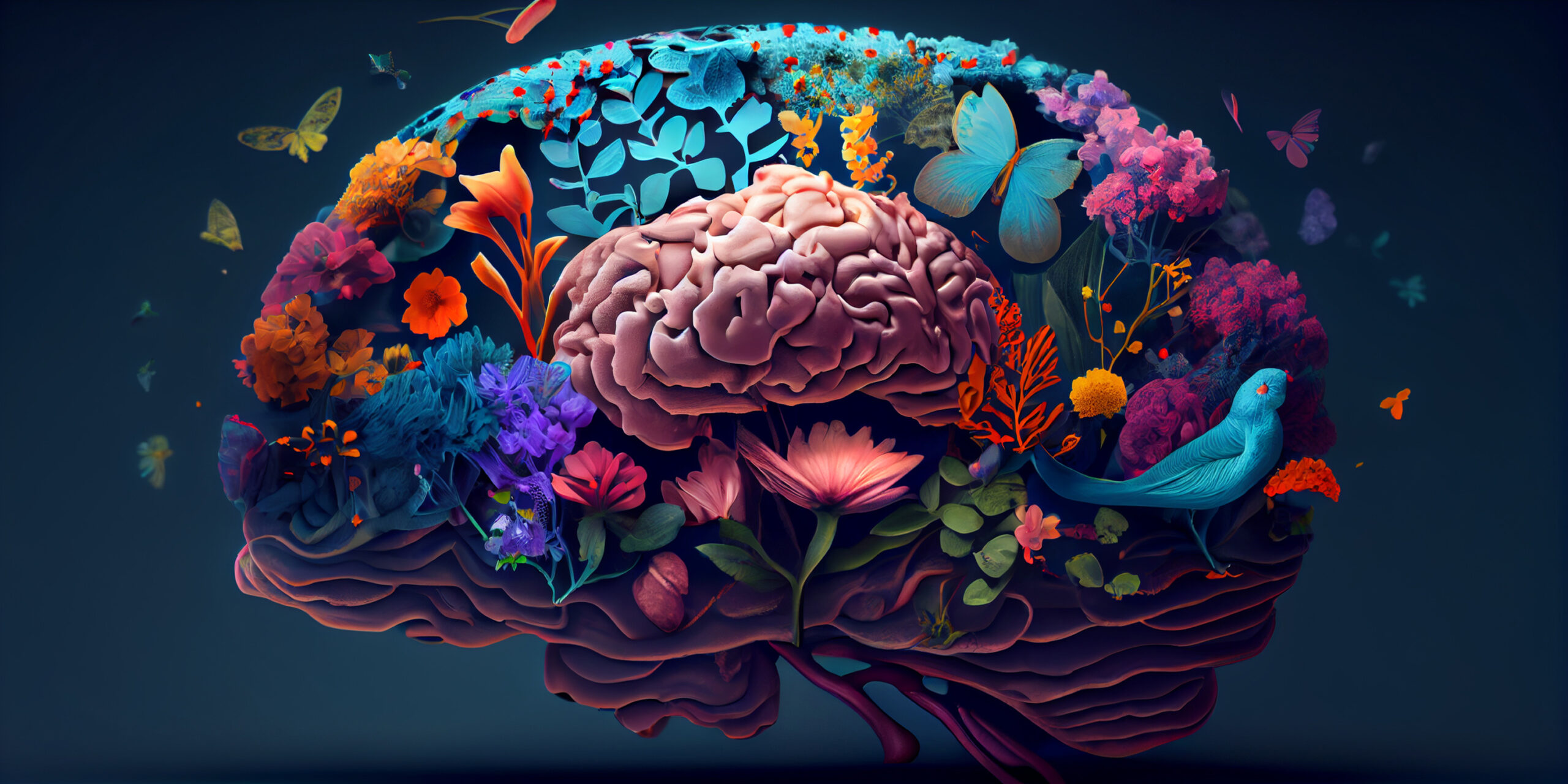Decoding the Creative Mind: Unveiling the Neuroscience of Highly Creative Thinkers

Creativity, that elusive spark that ignites innovation, drives progress, and fuels artistic expression, has long captivated the human mind. While the nature of creativity remains shrouded in mystery, neuroscientists are delving into the depths of the brain, seeking to unravel the biological underpinnings of this extraordinary human capacity.
Brain Connectivity: The Wiring of Creativity
Studies have revealed that the brains of highly creative individuals exhibit unique structural and functional connectivity patterns. These differences are particularly evident in the default mode network (DMN), a brain network associated with daydreaming, introspection, and spontaneous thought generation. In creative thinkers, the DMN shows increased connectivity with other brain regions involved in problem-solving, memory, and sensory processing. This enhanced connectivity is thought to facilitate the free flow of ideas, enabling creative minds to make novel connections and generate original solutions.
Divergent Thinking: Embracing the Unconventional
Creativity often manifests in the ability to think divergently, to generate multiple ideas and solutions rather than settling for the first one that comes to mind. Neuroscientists have identified several brain regions that play crucial roles in divergent thinking. The anterior cingulate cortex (ACC), prefrontal cortex (PFC), and temporal lobe are all involved in suppressing dominant thoughts and allowing for the exploration of unconventional ideas. These regions work together to facilitate the process of brainstorming, generating diverse possibilities, and ultimately selecting the most promising solutions.
The Role of Dopamine: Pleasure in the Pursuit of the Novel
Dopamine, a neurotransmitter associated with reward and motivation, also plays a significant role in creativity. Studies have shown that creative individuals have higher levels of dopamine receptors in certain brain regions, particularly the prefrontal cortex and striatum. This increased dopamine sensitivity may enhance the pleasure derived from engaging in creative activities, further fueling the pursuit of novel ideas and expressions.
Embracing Your Creative Uniqueness
Neuroscience research on creativity is still in its early stages, but it has already provided valuable insights into the biological underpinnings of this remarkable human trait. The findings suggest that creative minds are indeed wired differently, with unique brain structures and functional connectivity patterns that support the generation of original ideas and solutions.
Key Takeaways
- Creative minds are wired differently. The brains of highly creative individuals exhibit unique structural and functional connectivity patterns that facilitate the free flow of ideas and the generation of novel solutions.
- Divergent thinking is a hallmark of creativity. Neuroscientists have identified several brain regions involved in divergent thinking, enabling creative minds to explore unconventional ideas and generate multiple possibilities.
- Dopamine plays a role in the motivation to create. Higher levels of dopamine receptors in certain brain regions may enhance the pleasure derived from creative pursuits, fueling the drive to innovate and express.
As we continue to unravel the mysteries of the creative brain, we can celebrate our unique neurological underpinnings that empower us to think differently, innovate, and express ourselves in ways that shape the world around us.
Further Reading
Here are some of the most impactful research articles on the neuroscience of highly creative thinkers:
- “The Neuroscience of Creativity” by Rex Jung et al. (2015) provides a comprehensive overview of the neuroscience of creativity, including the role of the brain in divergent thinking, problem-solving, and reward.
- “The default mode network in creativity: A review of evidence from neuroimaging studies” by Beata Jauk et al. (2013) highlights the importance of the default mode network in creativity, suggesting that its unique connectivity patterns facilitate spontaneous thought generation and creative problem-solving.
- “Dopamine, the creative brain, and the pursuit of the new” by Scott E. MacDonald et al. (2013) explores the role of dopamine in creativity, proposing that higher levels of dopamine receptors in certain brain regions may enhance the motivation to engage in creative activities.
- “The neural substrates of divergent thinking” by Jonathan Wai et al. (2012) identifies several brain regions involved in divergent thinking, providing evidence for the neural basis of this crucial aspect of creativity.
- “The neuroscience of insight” by John Kounios and Mark Beeman (2009) delves into the neural mechanisms of insight, the sudden realization of a new idea or solution, suggesting that it involves a dynamic interplay between different brain regions.
These studies provide valuable insights into the neuroscience of creativity, offering a glimpse into the biological underpinnings of this remarkable human capacity.